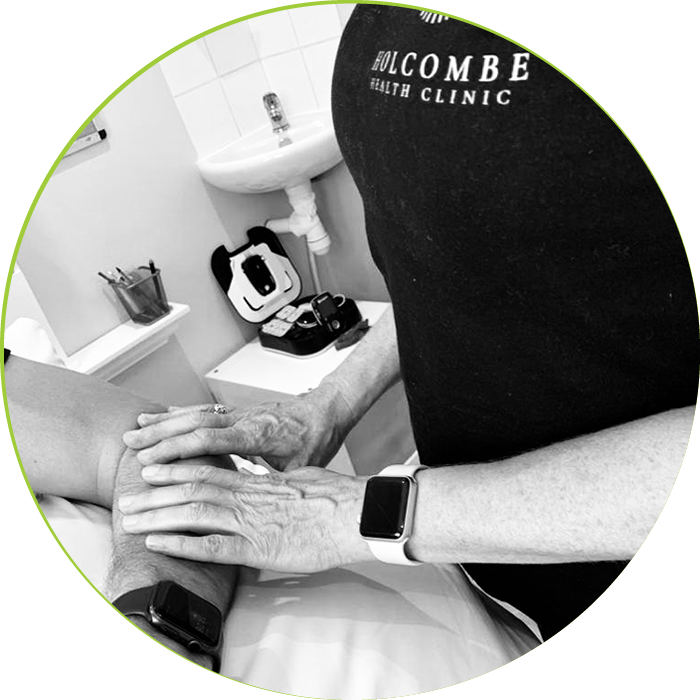Myofascial release is not massage but a highly specialised stretching technique used by therapists to treat clients with a variety of soft tissue problems. It is used to equalise muscle tension throughout the body, as unequal muscle tension can compress nerves and muscles causing pain. The progress of myofascial release is measured by a decrease in the client’s pain and by an improvement in overall posture.
Understanding what myofascial release is and how it works, we need to look at the fascia, a thin tissue that covers all the organs of the body, every muscle and every fibre within each muscle. Therefore all muscle stretching is actually stretching of the fascia and the muscle, the myofascial unit. When muscle fibres are injured, the fibres and the fascia which surround them become short and tight. This uneven stress can be transmitted through the fascia to other parts of the body, causing pain and a variety of other symptoms in areas you often wouldn’t expect. Myofascial release treats these symptoms by releasing the uneven tightness in the injured fascia, in other words, loosening of the fascia.

The movement is guided by feedback the therapist feels from the client’s body. This tells the therapist which muscles to stretch, how much force to use, the direction of the stretch and how long to stretch, with small areas of the muscle being stretched at a time. Sometimes the therapist uses only two fingers to stretch a small part of a muscle.
Each myofascial release technique contains the same components:
- the therapist finds the area of tightness on the skin
- a light stretch is applied to the tight area
- the therapist waits for the tissue to relax
- then increases the stretch
- the process is repeated until the area is fully relaxed
- then, the next area is stretched
The technique involves a very hands-on approach, with the therapist able to find sore spots just by feel. Often, clients are unable to pinpoint some sore spots or have grown used to them until the therapist finds them. The size and sensitivity of these sore spots, called myofascial trigger points, will decrease with treatment.
Most clients are surprised by how gentle myofascial release is; some even fall asleep during treatment with others going home and taking a nap.
In general, most clients find myofascial release to be a very relaxing form of treatment.